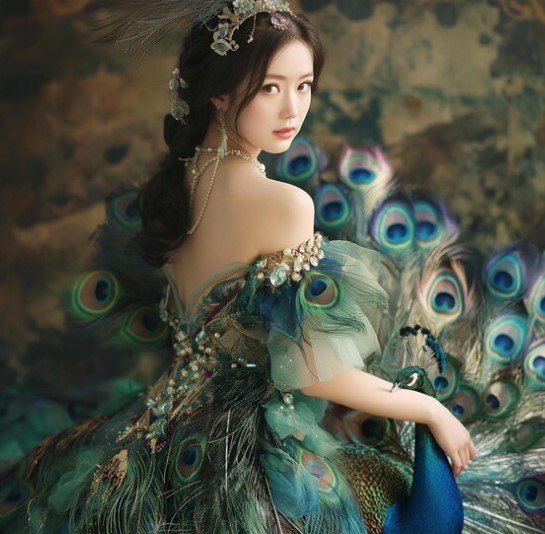Microsoft unveiled its first fully in-house AI image generation model, MAI-Image-1, on October 14, 2025, aiming to challenge leaders like Google’s Gemini 2.5 Flash and OpenAI’s GPT-Image-1. This new tool ranks in the top 10 on the LMArena leaderboard and promises faster, more realistic outputs for creators, with plans for quick rollout to popular platforms.
What Makes MAI-Image-1 Stand Out
Microsoft built MAI-Image-1 from the ground up, focusing on real-world needs from creative professionals. The team picked data carefully to avoid bland or repeated results, drawing from feedback in fields like design and photography.
This approach helps the model shine in photorealistic scenes. It handles lighting, shadows, and reflections with high accuracy, even in complex setups like cityscapes or indoor environments. Users report quicker generation times compared to bulkier rivals, making it ideal for everyday tasks.
Early tests show strong performance in diverse prompts. For instance, when asked to create images of people in a cafe with mixed afternoon light, the model captured subtle details like window glare and soft shadows effectively.

How It Compares to Competitors
MAI-Image-1 enters a crowded field where AI image tools are evolving fast. Google’s Gemini 2.5 Flash, often called Nano Banana, leads with advanced editing features and speed. OpenAI’s GPT-Image-1 gained fame for mimicking artistic styles, like those from Studio Ghibli films.
On LMArena, a platform where users vote on anonymous model outputs, scores highlight the competition. Microsoft’s entry debuted at number 9, showing promise but trailing some giants.
| Model | LMArena Rank | Score | Key Strength |
|---|---|---|---|
| Hunyuan-Image-3.0 | 1 | 1200+ | Overall realism |
| Google Gemini 2.5 Flash (Nano Banana) | 2 | 1154 | Editing capabilities |
| OpenAI GPT-Image-1 | 7 | 1123 | Artistic styles |
| Microsoft MAI-Image-1 | 9 | 1096 | Photorealistic details |
These rankings come from community votes on tasks that mimic real creative work. Microsoft’s model holds its own in speed and fidelity, though it lags in some artistic flair.
Independent comparisons, like those pitting the models against prompts for cafe scenes, reveal differences. Google’s version excels in dynamic edits, while OpenAI adds whimsical touches. MAI-Image-1 focuses on clean, lifelike results without extra flair.
Integration Plans and Availability
Microsoft plans to weave MAI-Image-1 into everyday tools soon. It will appear in Copilot, the AI assistant, and Bing Image Creator, letting users generate images directly in chats or searches.
For now, anyone can test it on LMArena by submitting prompts and voting. This open access builds buzz and gathers more feedback to refine the model.
The rollout fits Microsoft’s broader push into AI. It follows other in-house efforts, like MAI-Voice-1 for natural speech and the Phi series for efficient language tasks. These steps reduce reliance on partners while boosting internal innovation.
Users eager to try it should watch for updates in the coming weeks. Early adopters praise the seamless fit with existing Microsoft apps, making it a go-to for quick creative work.
The Bigger Picture in AI Image Generation
AI image tools have exploded in popularity since 2023, with viral hits driving adoption. Google’s Nano Banana update in August 2025 set new standards for editing, while OpenAI’s model sparked trends in social media art.
Microsoft’s entry adds to this momentum, emphasizing tools that help creators without overwhelming them. Experts see it as part of a shift toward faster, more accessible AI that fits into daily workflows.
Challenges remain, including ethical concerns over data use and output originality. Microsoft addressed this by prioritizing diverse, creator-focused training data to promote unique results.
Looking ahead, this competition could lower barriers for artists and hobbyists. As models improve, expect more integrations in apps for education, marketing, and entertainment.
Why This Matters for Users
For everyday people, MAI-Image-1 means easier access to pro-level image creation. It solves common frustrations like slow processing or generic outputs, offering practical value in a fun way.
Businesses might use it for quick visuals in reports or ads. Hobbyists can experiment without high costs, sparking creativity in new projects.
The model’s focus on realism opens doors for fields like architecture or product design, where accurate previews save time and money.
- Key benefits include faster iterations for designers.
- Better handling of natural elements like weather or textures.
- Free testing options to build skills without commitment.
- Potential for custom styles based on user feedback.
As AI evolves, tools like this empower more people to create. Share your thoughts on how MAI-Image-1 stacks up against rivals, or try it yourself and comment below on your results.
